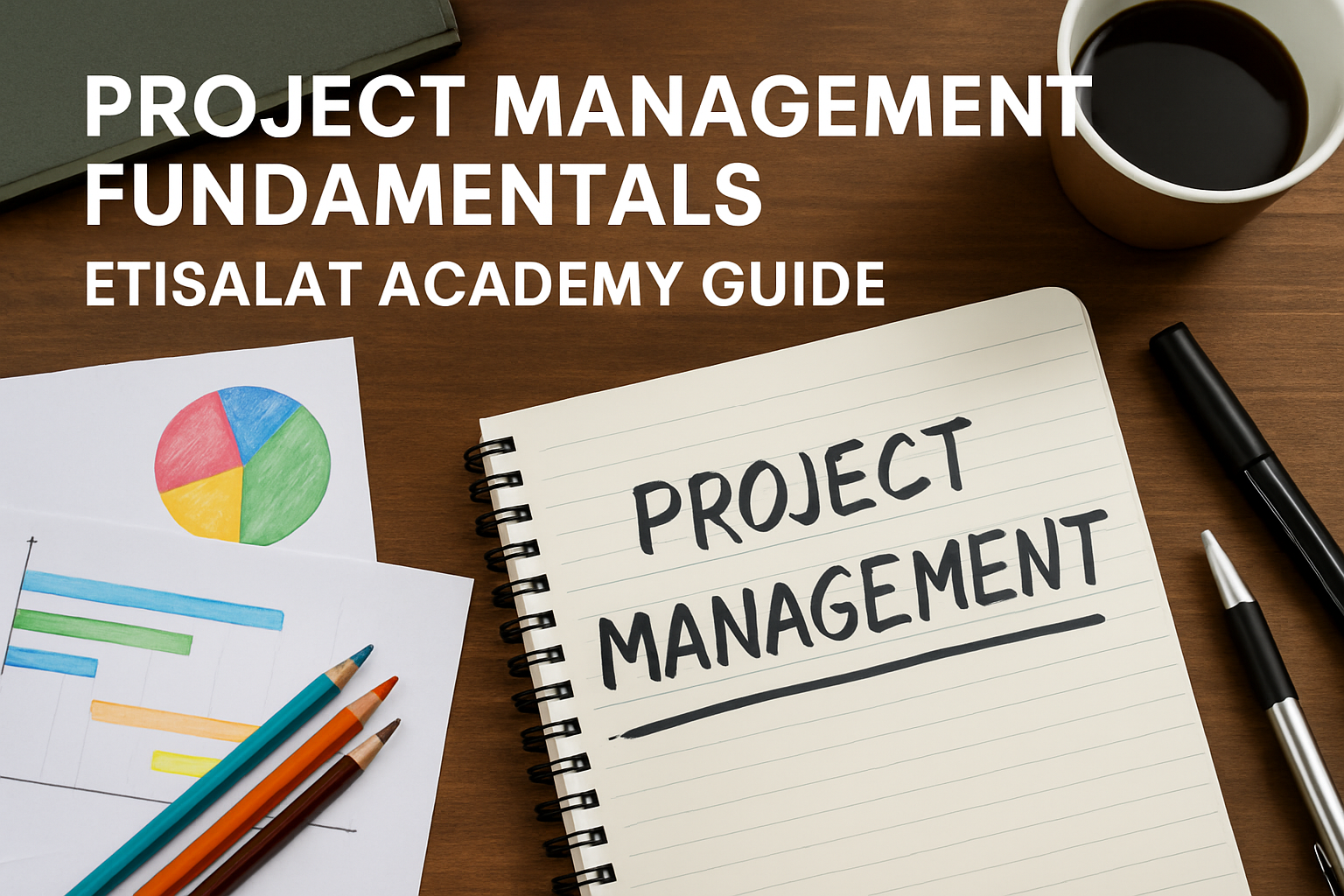Telecom Engineer Interviews: The Ultimate Guide to Preparation & Performance
Telecommunications Engineering Interviews | A Complete Guide from Preparation to Performance
:root{
--bg:#f7f9fc;
--surface:#ffffff;
--text:#0f172a; /* dark navy/charcoal */
--muted:#475569; /* slate */
--accent:#007BFF; /* modern blue */
--accent-soft: rgba(0,123,255,0.05);
--danger-soft: rgba(170, 56, 30, 0.15); /* transparent Chinese red */
--ring: rgba(0,0,0,0.08);
--border:#e5e7eb;
}
*{box-sizing:border-box}
html,body{
margin:0;
padding:0;
background:var(--bg);
color:var(--text);
font-family:ui-sans-serif, system-ui, -apple-system, Segoe UI, Roboto, Ubuntu, Cantarell, Noto Sans, Helvetica Neue, Arial, "Apple Color Emoji","Segoe UI Emoji";
line-height:1.7;
}
a{
color:var(--accent);
text-decoration:none;
}
a:hover{
text-decoration:underline;
}
.container{
max-width: 960px;
margin: 0 auto;
padding: clamp(16px, 3vw, 32px);
}
.card{
background:var(--surface);
border:1px solid var(--border);
border-radius:20px;
box-shadow: 0 10px 30px -12px var(--ring);
padding: clamp(18px, 3vw, 36px);
}
header.post-header{
margin-bottom: 24px;
}
.post-title{
margin:0 0 8px 0;
font-size: clamp(24px, 4vw, 40px);
letter-spacing:-0.02em;
line-height:1.2;
}
.meta{
display:flex;
flex-wrap:wrap;
gap:12px;
font-size: 14px;
color: var(--muted);
}
.meta .pill{
background: #eef2ff;
color: #1e40af;
border-radius: 999px;
padding: 6px 12px;
border: 1px solid #e0e7ff;
}
.lead{
font-size: clamp(16px, 2.2vw, 18px);
color: var(--muted);
margin-bottom: 20px;
}
/* Highlighted Heading Block (pill-shaped) */
.highlighted-heading{
background: var(--danger-soft);
border-radius: 999px;
padding: 14px 20px;
display: inline-flex;
align-items: center;
gap: 12px;
box-shadow: inset 0 0 0 1px rgba(170,56,30,0.08);
margin: 36px 0 12px 0;
}
.highlighted-heading h2,
.highlighted-heading h3{
margin: 0;
color: var(--text);
font-size: clamp(18px, 2.6vw, 26px);
line-height:1.2;
letter-spacing:-0.01em;
}
/* Outlined Info Box */
.info-box{
border: 2px solid var(--accent);
background: var(--accent-soft);
border-radius: 12px;
padding: 14px 16px;
margin: 18px 0;
}
.info-box strong{
color:#0b3b82;
}
/* Typography */
p{ margin: 12px 0; }
h3{
font-size: clamp(18px, 2.4vw, 22px);
margin: 28px 0 12px 0;
letter-spacing:-0.01em;
}
ul,ol{
padding-left: 22px;
margin: 10px 0 18px 0;
}
li{ margin: 8px 0; }
.divider{
height:1px;
background:var(--border);
margin: 28px 0;
}
footer{
margin-top: 28px;
color: var(--muted);
font-size: 14px;
text-align:center;
}
Telecommunications Engineering Interviews | A Complete Guide from Preparation to Performance
Category: Telecom-Careers
Reading time: ~10–12 min
Telecommunications engineers face unique challenges when applying for jobs. Interviews demand not only deep technical competence but also the ability to communicate clearly and confidently. From early preparation to polished delivery, smart planning is the key to success in this competitive field.
This comprehensive guide walks you through every aspect of telecom interviews—understanding interview types, preparing for common questions, handling mistakes, and presenting your best self. Read on to discover how to strengthen your chances of landing the role you want.
How a Telecommunications Engineer Should Prepare for a Job Interview
Success in telecom interviews hinges on thorough, structured preparation. Start by researching the target company—its history, products, services, markets, and goals—so you can map your experience and strengths to what they truly need.
It’s equally important to review common telecom interview questions and practice concise, specific answers. Use the steps below as a preparation checklist:
Research the company: Gain a deep understanding of its vision, mission, and flagship projects.
Review technical skills: Refresh your knowledge of current telecom technologies and protocols you may be tested on.
Prepare for technical questions: Draft responses about past troubleshooting, systems you’ve designed, and projects you’ve delivered.
Practice your self-introduction: Polish a brief, professional summary that highlights achievements and capabilities.
Be ready for behavioral questions: Prepare stories showing how you handle pressure, ambiguity, and cross-team collaboration.
Related:
Telecommunications Engineering in Saudi Arabia | The Complete Guide by My-Communication Academy
Types of Interviews for Telecommunications Engineers
The interview format varies by company and role. Understanding the differences will help you tailor your preparation to what each stage is assessing.
One-on-one interviews: Typically with a hiring manager or senior engineer; focus on technical depth and past projects.
Group interviews: Candidates collaborate to solve a problem; evaluates teamwork and communication.
Technical interviews: May include whiteboarding, network design exercises, or protocol troubleshooting.
Phone/Video interviews: Used for remote screening; can include both technical and general questions.
Behavioral interviews: Explore how you’ve handled pressure, conflict, risk, and delivery constraints.
Also read:
Telecommunications Engineering in Jordan | Complete Guide 2024
Practical Tips for Handling In-Person Interviews
Telecom interviews require balanced focus on both technical mastery and soft skills. Strong delivery and well-structured answers go a long way:
Prepare ahead: Understand the role requirements and list your most relevant projects and achievements.
Review fundamentals: Be ready to explain core telecom concepts in simple terms.
Practice common prompts: Examples include “Walk me through a project you led” or “How do you handle pressure?”
Sharpen communication: Practice explaining complex topics to non-specialists with clarity.
Professional appearance: Dress appropriately and align with the company’s culture.
Expect hands-on tasks: Be prepared for live troubleshooting or design scenarios.
Related:
Telecom Engineer Interview Questions | How to Navigate Them
Detailed Steps: Before, During, and After the Interview
Treat interview preparation as a mini-project with three phases. The outline below shows a practical sequence to follow.
Before the interview
Company research: Learn about the mission, culture, and current industry challenges they face.
CV/Resume review: Ensure it’s up to date and emphasizes experience most relevant to the role.
Question planning: Draft answers that showcase your impact, and prepare smart questions to ask.
During the interview
Arrive early: Aim to be 10–15 minutes early to settle in and focus.
Communicate clearly: Use concise language and structured explanations.
Active listening: Pay attention, clarify when needed, and ask thoughtful follow-ups.
After the interview
Thank-you email: Send a brief note of appreciation and reinforce your interest.
Follow up: If you don’t hear back within the expected window, send a polite follow-up.
Self-review: Assess what went well and what to improve for next time.
Pro tip: Keep an interview journal. After each interview, write 3 things you did well and 3 things to improve. You’ll compound performance across processes.
Guidelines for Answering Common Telecom Interview Questions
Most interviewers look for evidence that you can apply your knowledge to real scenarios. Use structured answers and concrete examples.
Draft answers in advance: Prepare concise stories about your key projects and outcomes.
Emphasize technical depth: Explain the technologies, protocols, tools, and constraints involved.
Use tangible examples: Show how you solved problems and drove measurable results.
Show collaboration: Highlight cross-functional work with software, security, or operations teams.
Demonstrate innovation: Describe how you improved reliability, performance, or cost-efficiency.
Three pillars to frame your answers (ordered list example)
Context: The situation, constraints, and goal.
Action: What you designed, implemented, or decided—and why.
Impact: The outcome and metrics that prove success.
Handling Common Mistakes During Interviews
Mistakes happen. What matters is how you respond. Use the tactics below to minimize impact and keep momentum.
Prepare thoroughly: Avoid avoidable errors by researching the company and role properly.
Practice aloud: Rehearse answers and awkward scenarios to boost clarity and confidence.
Stay calm and composed: If you slip, take a breath, correct the record, and move forward.
Be honest: If you don’t know, say so—then outline how you would find the answer.
Mind body language: Maintain positive posture, eye contact, and controlled pace.
Follow up smartly: If a mistake nags at you, address it briefly in your thank-you email with a clarifying detail.
How to Present Yourself More Effectively
A compelling personal presentation helps you stand out. Align your message with the role and the company’s goals.
Comprehensive preparation: Map your skills and wins directly to the posted requirements.
Professional appearance: Dress to the company’s bar while keeping it neat and comfortable.
Clear communication: Use direct, simple language to connect your past work to the role.
Highlight core strengths: 5G/ORAN, advanced network design, RF planning, cybersecurity, automation, or cloud-native networking.
Showcase projects: Share examples where you led delivery, resolved incidents, or optimized performance.
Ask thoughtful questions: Prepare questions that show curiosity about architecture, roadmaps, KPIs, and team culture.
Conclusion
This guide has outlined the essential strategies for telecom engineers aiming to excel in job interviews. From preparation and understanding interview formats to delivering strong answers and handling mistakes gracefully, planning is your strongest advantage. Communicating your experience with clarity and confidence is the foundation of success in a competitive market like telecommunications engineering.
We hope these tips help you prepare with confidence. Revisit this checklist before your next interview and get ready to present your best work. Your preparation starts now—each thoughtful step brings you closer to your career goals.
© My Communication Academy 2025 - the blog is about Telecommunications Engineering Job Interviews - Thank you for reading

Ibrahim Ibrahim

